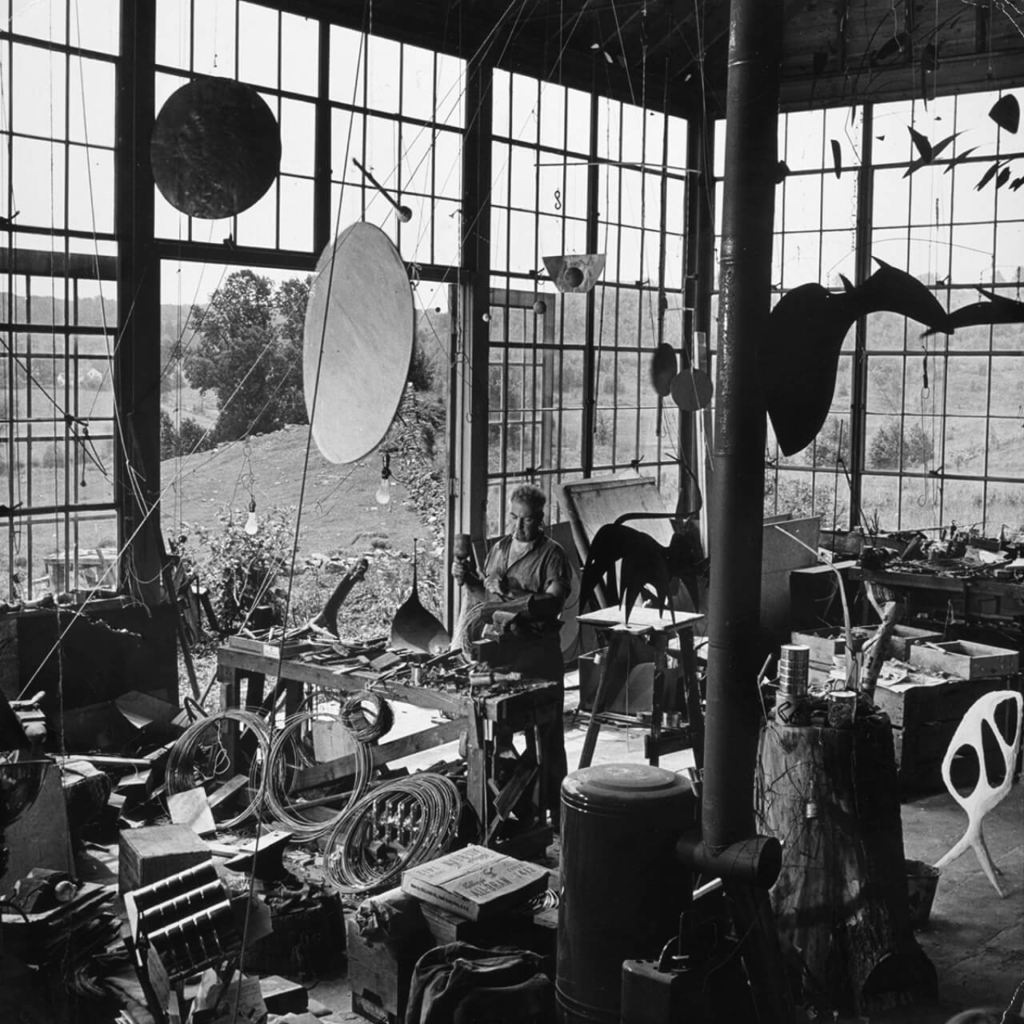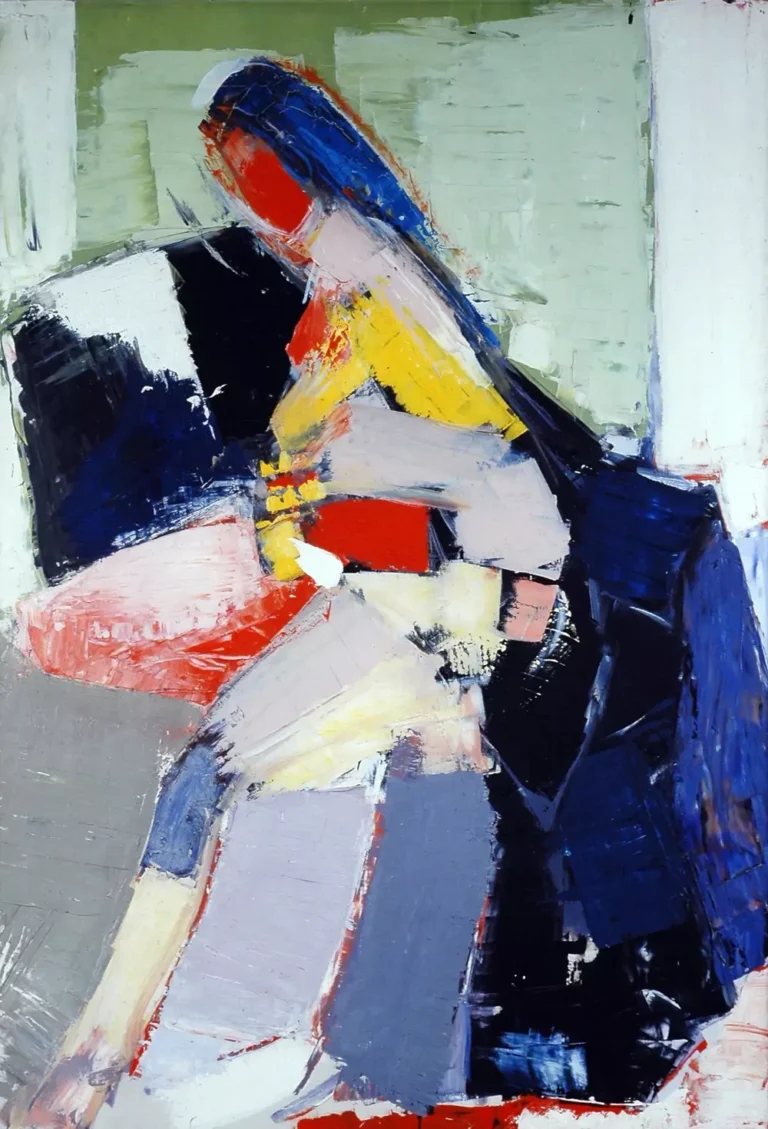Looking for a muse? Check no further. Discover the Best of Art, Culture, History & Beyond!

Calder (born 1898 in Lawnton, Pennsylvania, and died 1976 in New York City) is one of the most important artists of the 20th century. Born into a family of classical artists, he began his artistic career by inventing a new sculptural technique, bending and twisting wire to “paint” three-dimensional figures in space.
He is best known for his invention of the “mobile,” a suspended abstract structure that moves in balance in an ever-changing harmony. The word “mobile,” coined by Marcel Duchamp in 1931, is French for “movement” or “motive force.” Some of his early mobiles were driven by motors, but Calder gradually abandoned mechanically driven works and began to create more works that responded to air currents, light, humidity, and human interaction. He used “motion” as an important element of his mobiles, making him one of the pioneers of kinetic art. Calder also created static abstract works that fellow artist Jean Arp named “stables.”

Although he is best known for his mobiles, or moving sculptures, which revolutionised modern sculpture, Calder also produced a large number of works and was active in a wide range of disciplines, including paintings, drawings, prints and jewellery. From the 1950s onwards, he turned his attention to overseas commissions and increasingly focused on creating grand-scale outdoor sculptures made from bolted steel plates. Today, these monumental works can be found in public spaces around the world.

This article is published on ArtAddict Galleria, where we explore the intersections of art, history, and culture. Stay tuned for more insights and discoveries!



